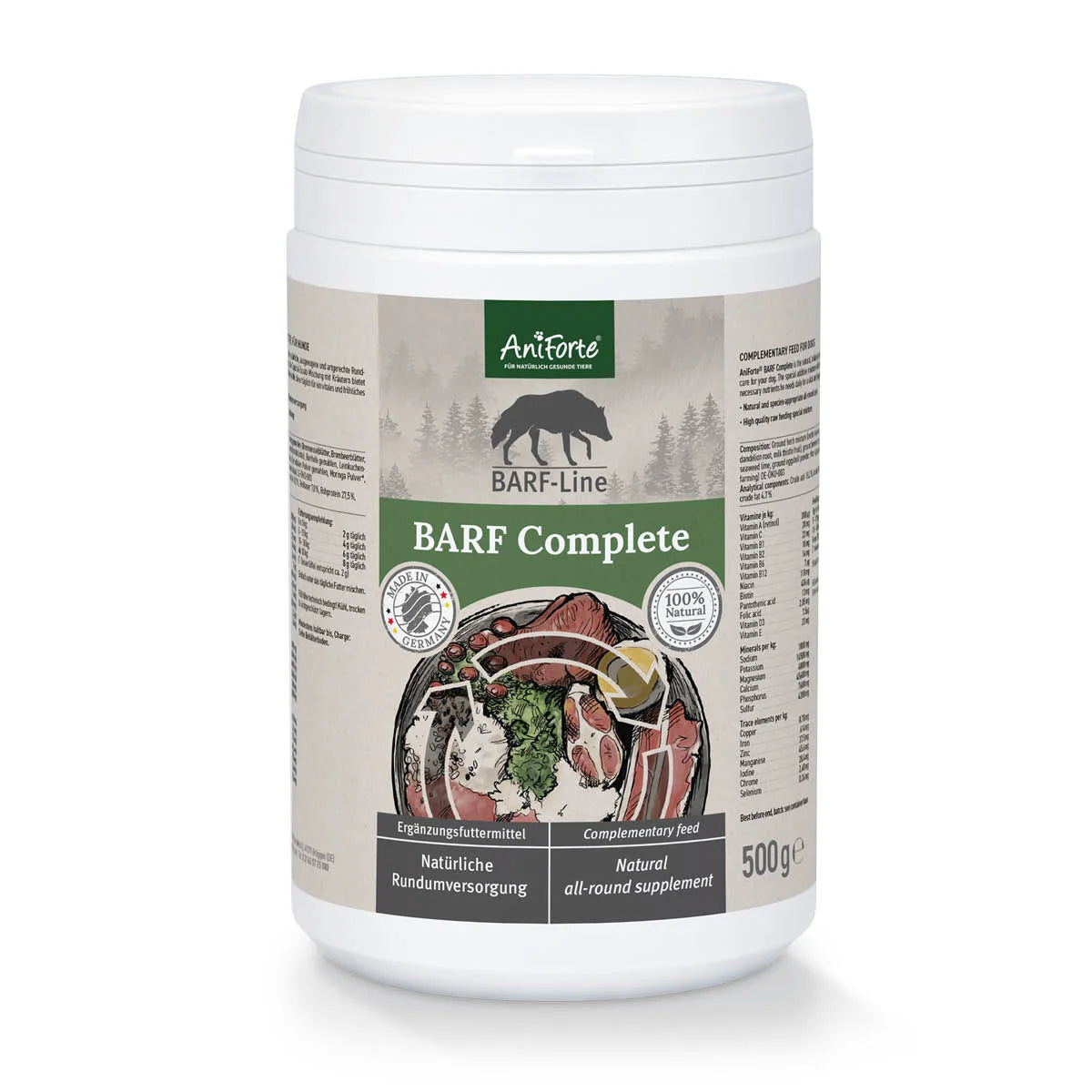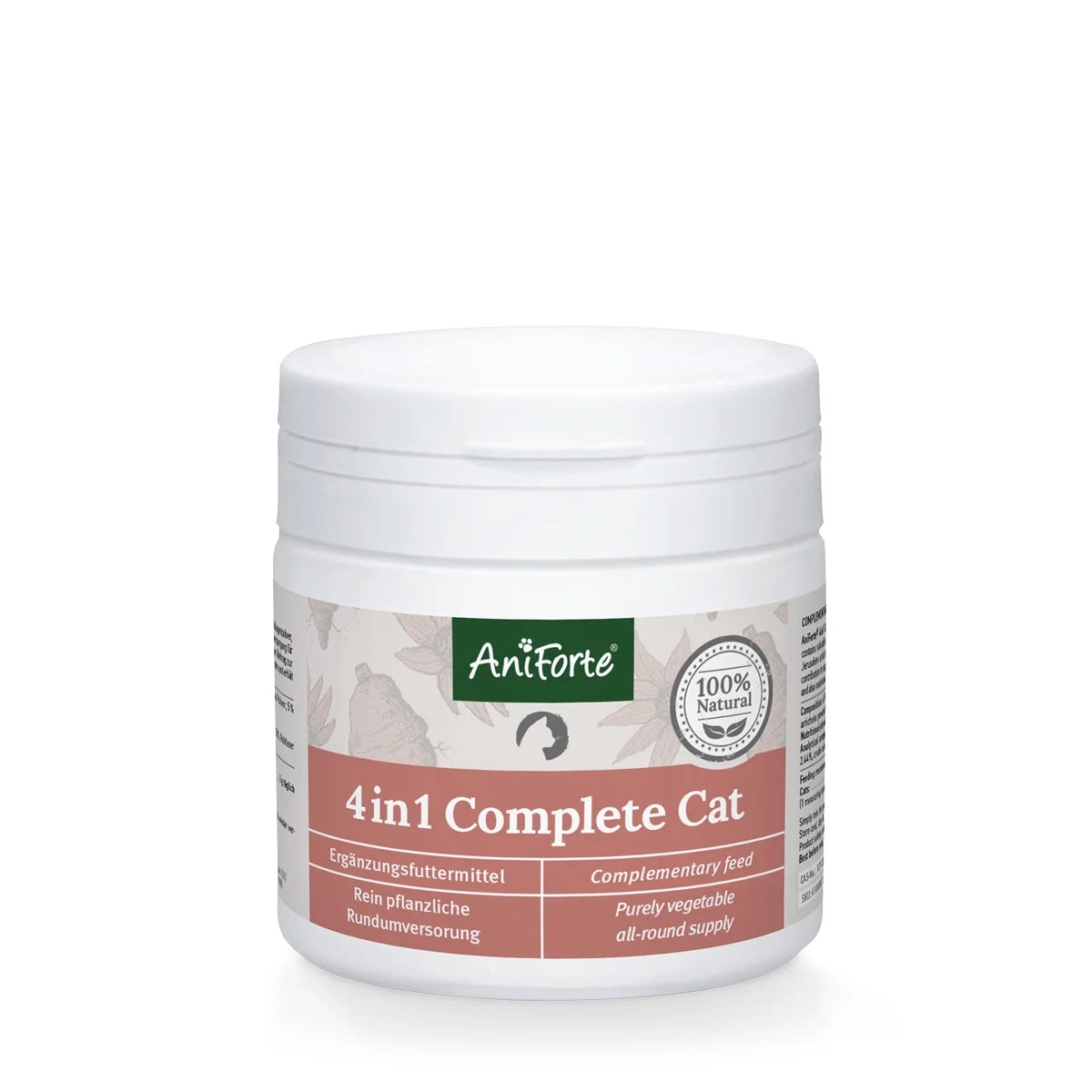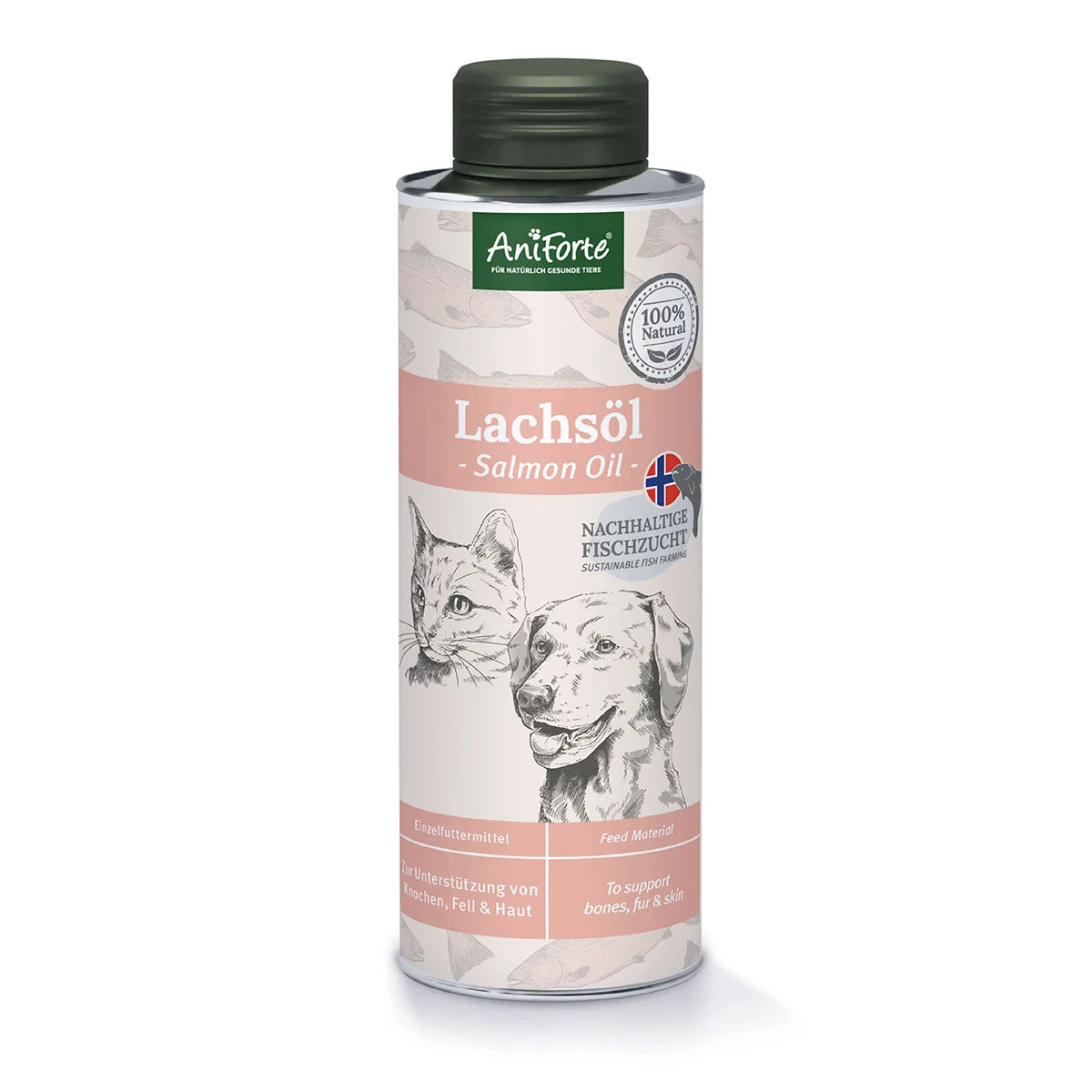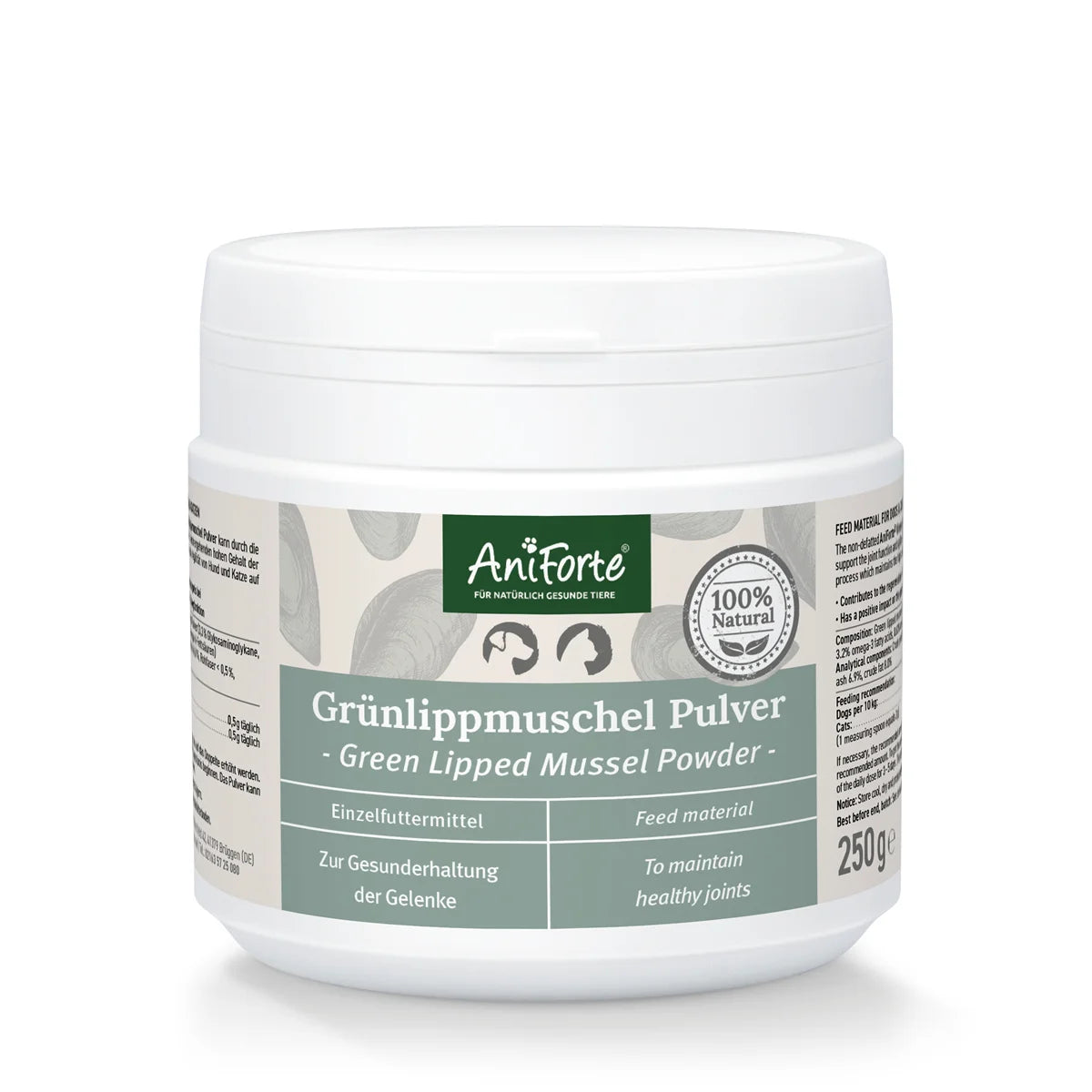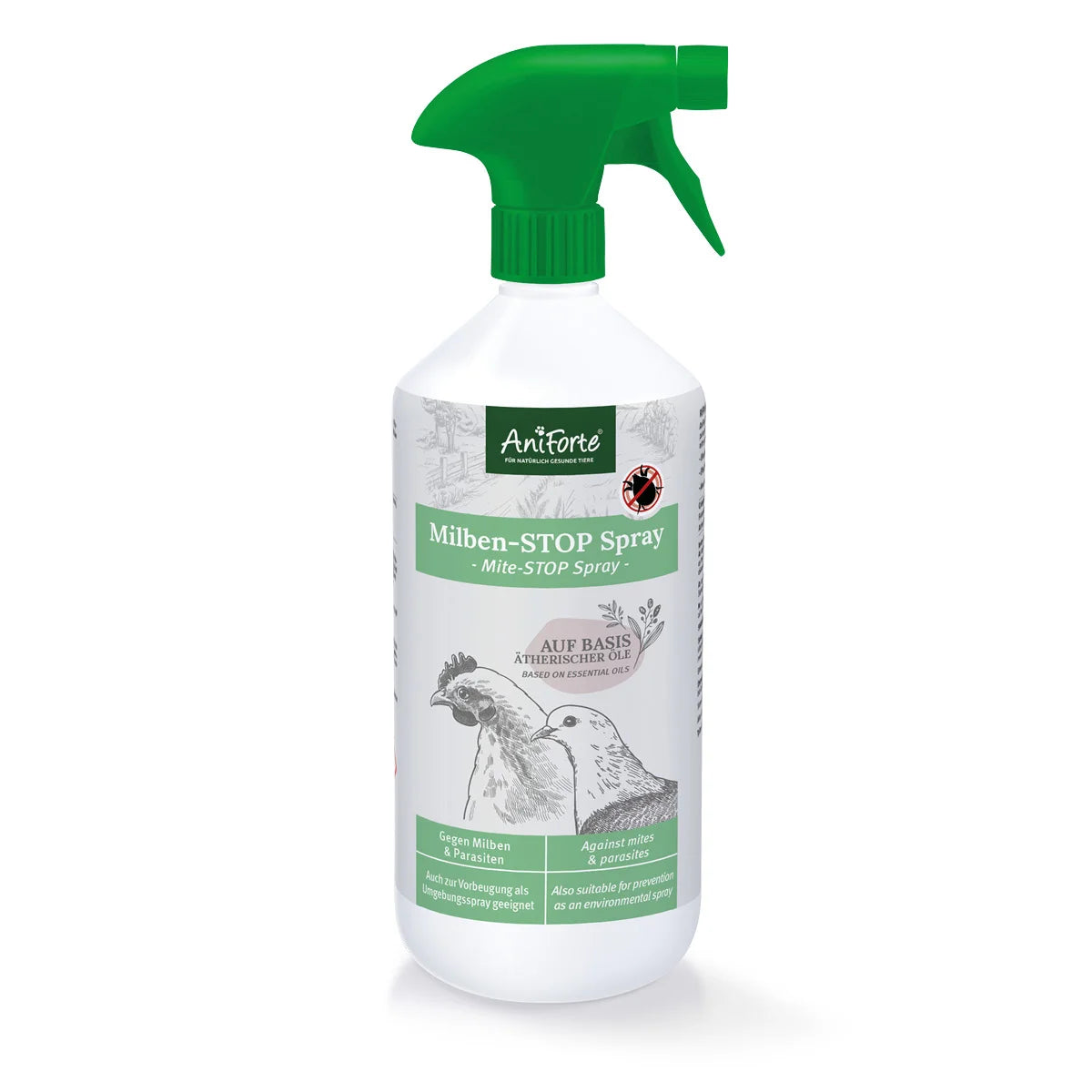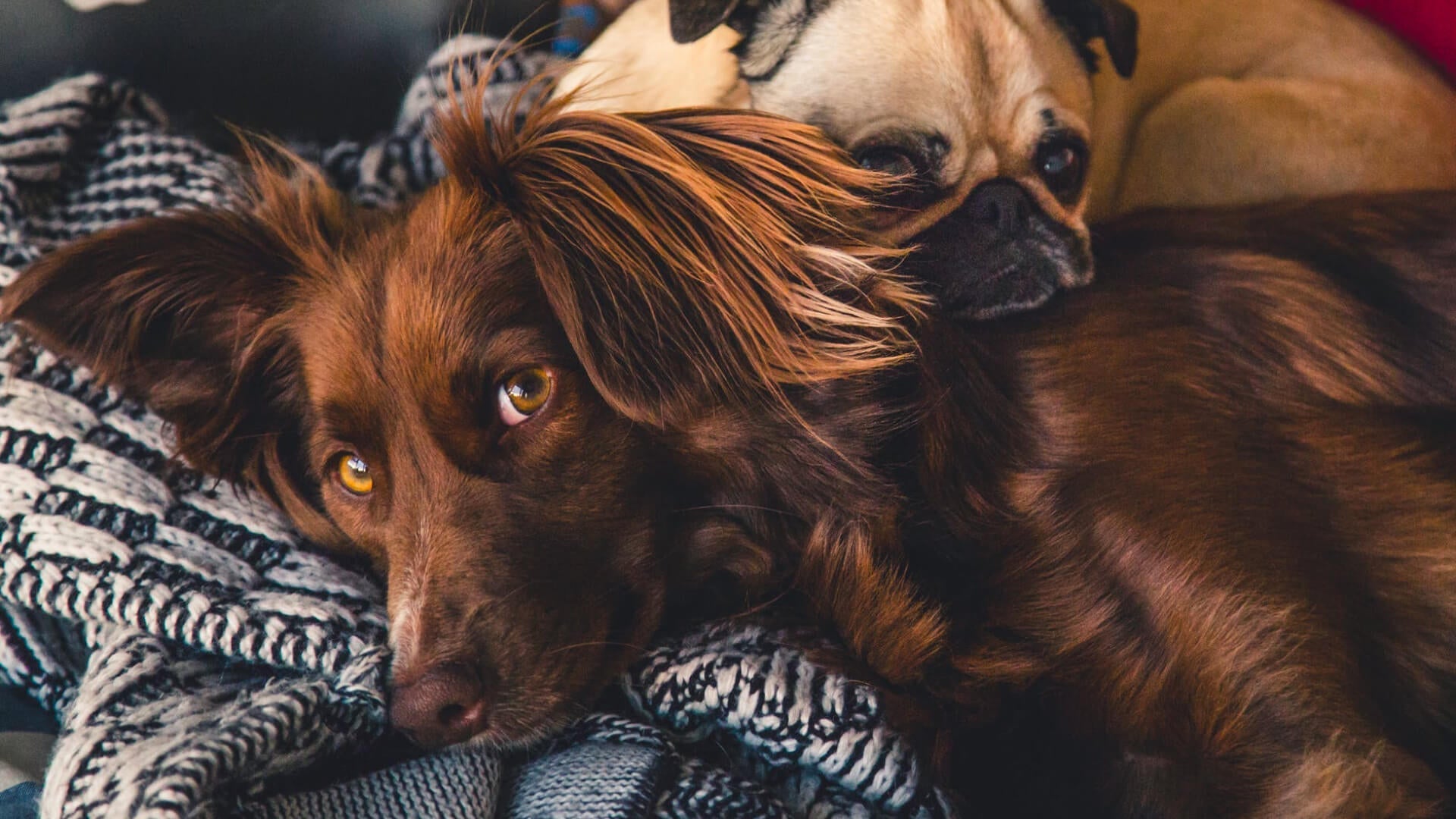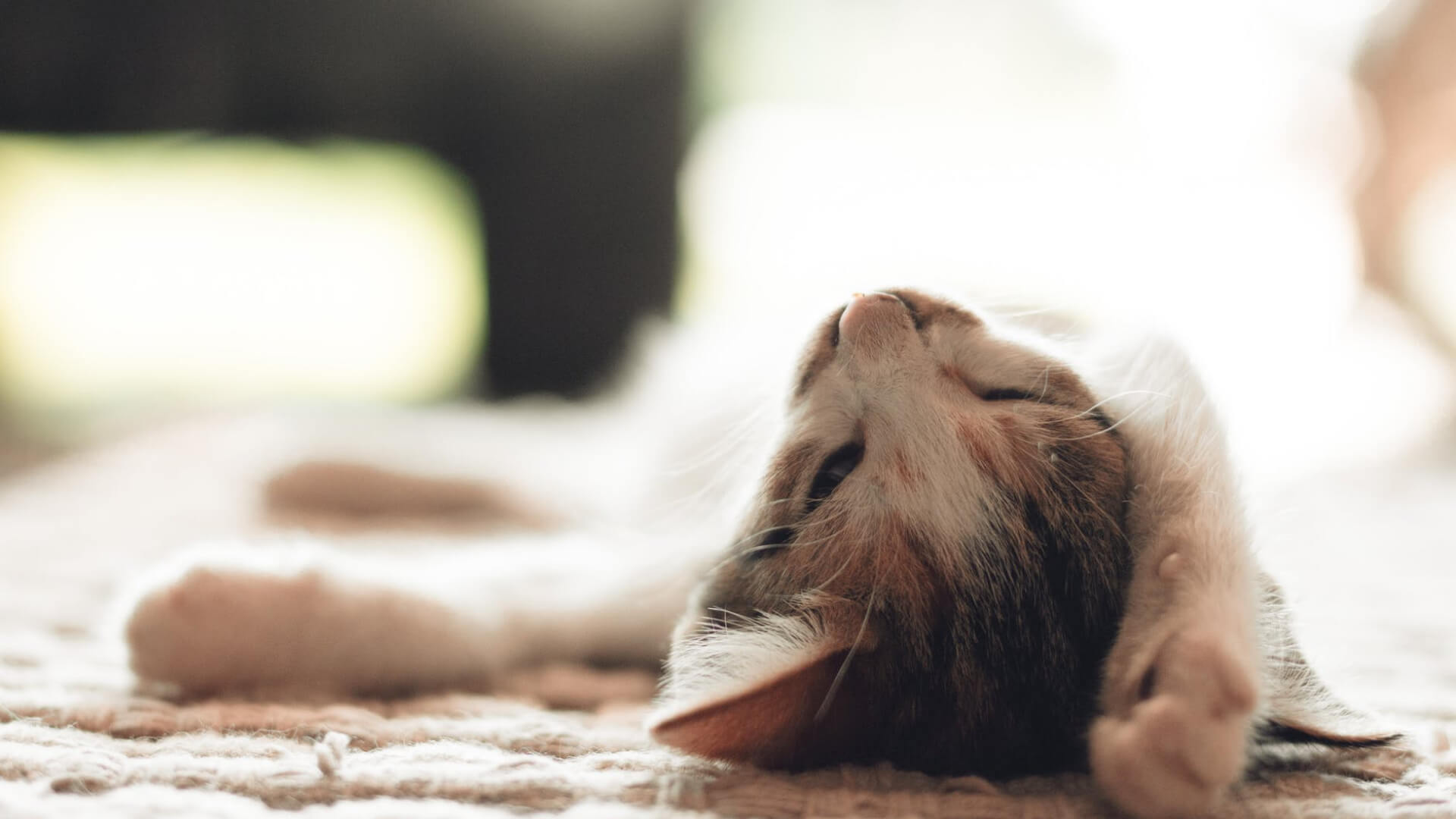
Treacherous traces on carpets and upholstered furniture testify to an annual event every cat owner knows: it's time again for your cat's coat to change. How can you best support your pet? And how do you get rid of the annoying hair?
What happens when cats change their coat?
Cats lose hair not only during the seasonal change from winter to summer fur, but also during the other months. Your furry friend regularly goes through four different phases:
1. Anagen phase = Hair growth
2. Catagen phase = Transition stage
3. Telogenic phase = Resting phase
4. Exogenous phase = Hair loss
In addition, a cat replaces its entire fur twice a year, from thick winter fur to light summer coat and vice versa. This fur change depends on temperature and light conditions.
Caused by this dependency, animals with the ability to roam freely outside show significantly stronger seasonal fur changes, while indoor cats permanently lose more fur due to heating and artificial light. The following applies concerning seasonal fur change: In spring, your little tiger loses its hair as temperatures increase. Between April and October in particular, you may notice an increase in hair shedding from your cat. The colder the weater, the more densely fur grows back.
But where does all that hair end up?
Annoying and dangerous - hairballs in cats
Cat hair not only ends up on your clothes and upholstery, but unfortunately often in the stomach of cats, because cats with their rough tongue pick up a lot of hair whilst cleaning themselves.
During fur change, the hair collects in the gastrointestinal tract, where it can form very firm hairballs with the gastric and digestive juices. These hairballs can trigger inflammation of the stomach or an intestinal obstruction in your furry friend. To avoid this, your cat will choke out the hairballs regularly. In order to trigger this gagging, many cats eat grass more often during the change of fur than usual.
What can I do to support my cat during this process?
Even though cats are independent animals, our support can help them to deal better with these natural processes. After all, not every city cat is able to find grass on the balcony. In order to optimally support your cat when fur changing takes place, you may want to pay attention to the following tips:
Regular brushing
This ensures that loose hair is removed, prevents hairballs and keeps your home cleaner. Brushing also stimulates blood circulation and therefore speeds up change of fur. This particularly helps long-haired cats which quickly become matted or outside cats with a thick undercoat, who will be particularly grateful for the loving care given to their fur, especially during the seasonal change from winter to summer.
Salmon oil
Salmon oil helps remove swallowed hair and supplies your pet’s skin with unsaturated fatty acids. Salmon oils, such as our Salmon Oil are also beneficial for healthy fur.
Vital Powder
Our Fur Harmony Vital Powder, which contains brewer's yeast, silica and unsaturated fatty acids, produces a dense and shiny coat. It is also recommended for cats with sensitive skin and can help your cat change fur by compensating for a nutritional deficiency in vital substances.
High-quality wet food
With high-quality food containing fresh meat, your cat will be provided with valuable nutrients. A balanced and healthy diet is of particular importance during the difficult time of fur change. The PureNature range includes various types of premium quality food.
Plant cat grass
Cat grass is a natural helper. Your indoor cats will like to eat it as it helps them to get rid of the hairballs.
What can I do about all the cat hair?
To win the fight against hair, a certain amount of effort cannot be avoided. This includes daily vacuuming as well as the use of lint rollers.
Maybe you can cover your cat's favourite places or pieces of furniture with blankets. Make sure these are machine washable and can be dried in the tumbler. Cat hair is often much easier to remove in the dryer than in the washing machine. Upholstered furniture can also be cleaned of hair with a damp rubber glove.
We wish you few hair-raising experiences and hope that this information has been of help to you!

